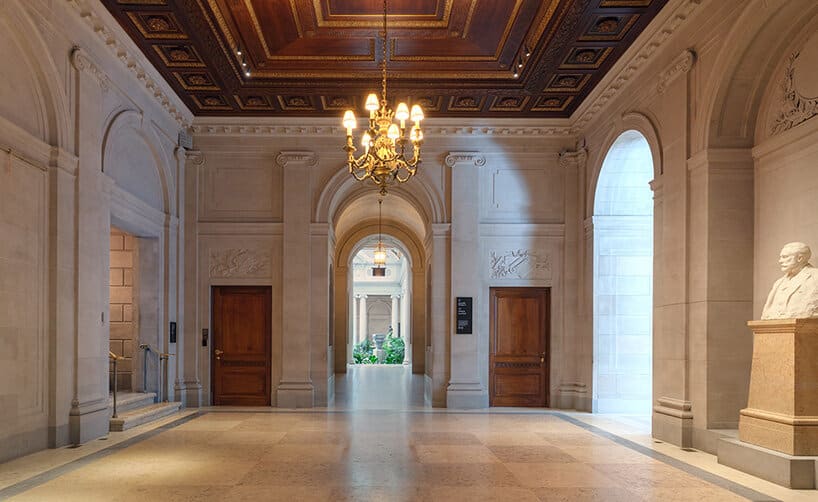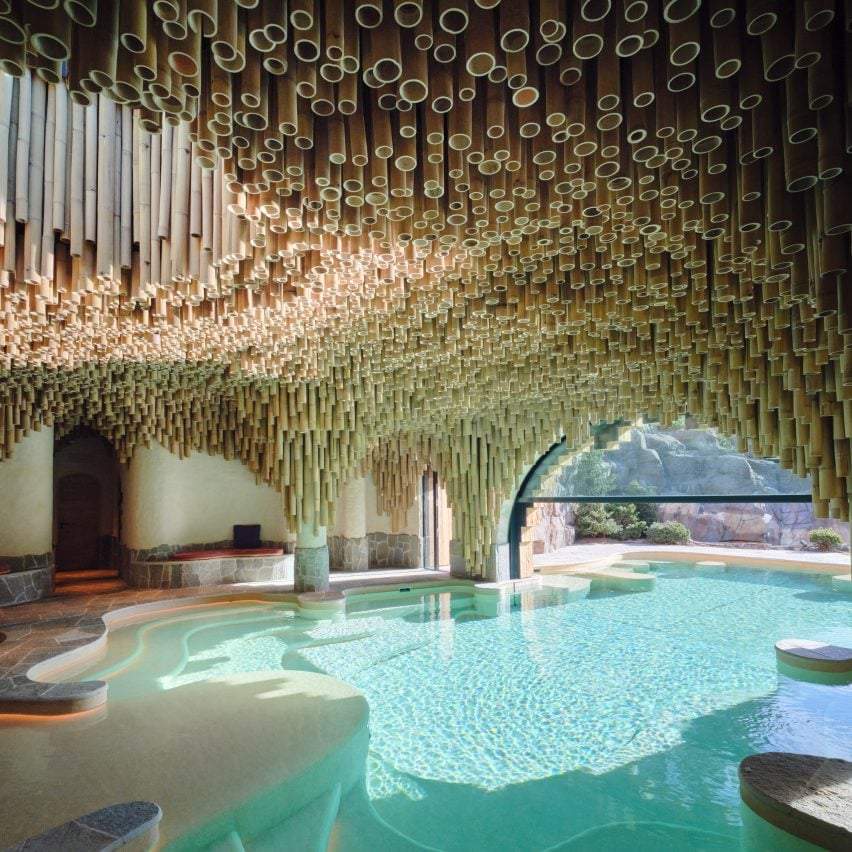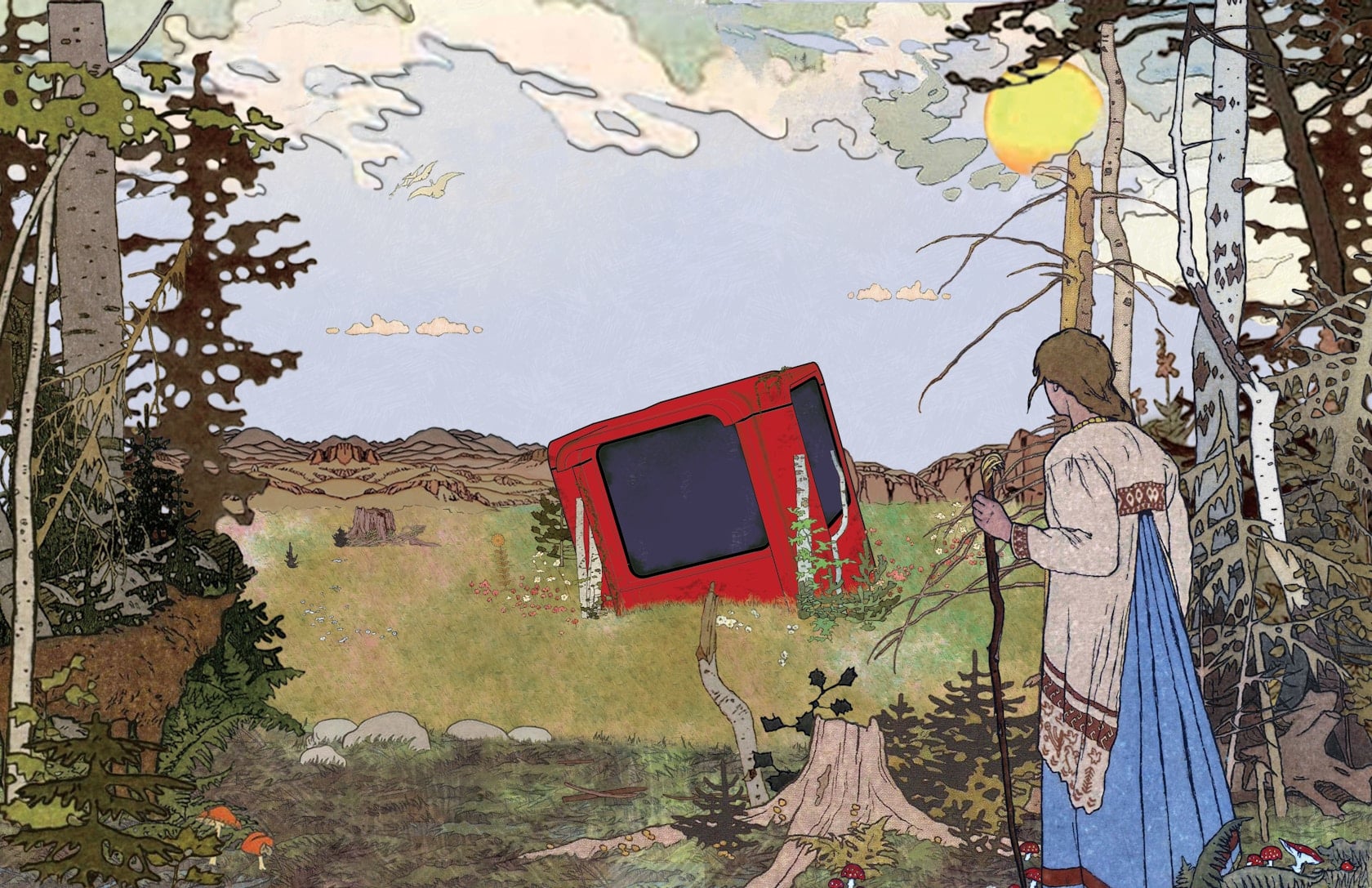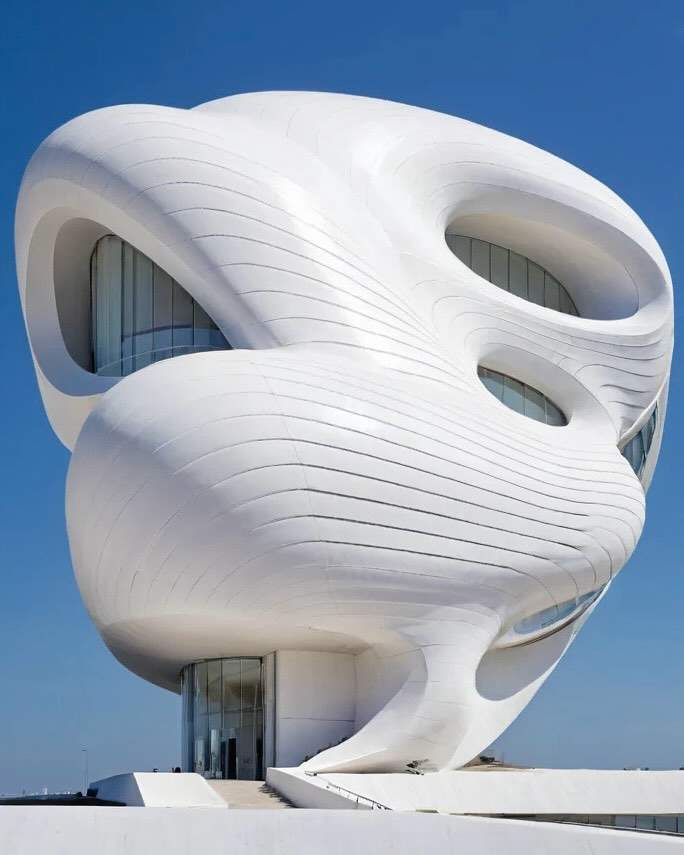In April 2025, The Frick Collection in New York reopened its doors after a five-year closure for an extensive renovation. This museum is one of the most important cultural landmarks reflecting the Gilded Age era in the United States. This article will explore the key aspects of this project, including the redesign of upper floors, new additions such as exhibition halls and the library, and efforts to preserve the building’s original character.We’ll also explore how the renovation enhances the visitor experience while preserving the space’s historical atmosphere. The Frick Collection Reopening signifies a blend of historical preservation and modern innovation.

The Major Renovation: What’s New?
The recent renovation focused on expanding available spaces and improving infrastructure without compromising the building’s historical essence. The total exhibition area increased to over 60,000 square feet, allowing for new galleries and a direct connection to the research library for the first time. The primary goal was to create modern, functional spaces while preserving the warmth and charm that define this institution. The Frick Collection Reopening has made significant improvements without losing its unique character.
The Second Floor: Opening New Doors to History
For the first time since the building’s construction in 1914, the second floor is now open to the public. Previously used as private family quarters and staff offices, these rooms now display artworks that complement their historic interiors. Featuring ornate ceilings, marble fireplaces, and period woodwork, the rooms offer visitors a unique glimpse into the personal side of the home, reflecting the tastes of Henry Clay Frick and Helen Clay Frick in art collecting. This is one of the highlights of the Frick Collection Reopening.

New Additions: Multi-Purpose Spaces
1. New Exhibition Halls
Special galleries were created to host temporary exhibitions. These spaces feature sustainable wooden floors and natural lighting that highlights artworks without being intrusive. The first exhibition, “Vermeer’s Love Letters,” brings together three major works by the artist for the first time since the Frick Collection Reopening.
2. Lecture and Concert Hall
A new underground hall seating 218 people was added, designed to provide an immersive acoustic experience. The curved ceiling and Murano glass lighting make it ideal for hosting concerts and lectures, and it has been a notable feature since the Frick Collection Reopening.
3. Gardens and New Facades
The front garden was improved and expanded to include new sightlines within the building. The rear facade was also renovated to create a harmonious blend of old and new elements, marking an important aspect of the Frick Collection Reopening.
The Library: Bridging Past and Present
One of the most significant achievements of the project is the direct connection between the research library and the main museum. The library is now an integral part of the visitor experience, offering larger spaces for reading and research. An educational center and a new café were also added to encourage interaction between visitors and researchers. This expansion was a key part of the Frick Collection Reopening.
Interior Design: Balancing Tradition and Modernity
Every detail of the interior design aims to strike a balance between preserving the historical character and introducing modern elements. Materials like natural wood, glass, and bronze were carefully selected to match the original building. For instance, modern lighting uses advanced technology but maintains the same warm ambiance that has existed for decades. Every room reflects the meticulous work done for the Frick Collection Reopening.

Why This Project Matters
This renovation is not just an update to an old building; it’s an effort to ensure the continuity of this cultural landmark for future generations. The Frick Collection Reopening demonstrates how historical buildings can adapt to modern needs without losing their core identity.
Frequently Asked Questions (FAQ)
1. When did the museum reopen?
- The museum reopened on April 17, 2025, marking the Frick Collection Reopening.
2. What are the most notable new additions?
- The second floor is now open to the public, along with new galleries, a lecture hall, updated gardens, and an educational center — all contributing to the Frick Collection Reopening.
3. Was the building’s original character altered?
- No, the original character was preserved by using materials and techniques that align with the historical structure, which was a priority during the Frick Collection Reopening.
4. What is the purpose of the new library?
- The library aims to enhance academic research and provide shared spaces for interaction between visitors and scholars, an important feature of the Frick Collection Reopening.

Summary Table of Key Points
| Topic | Details |
|---|---|
| Reopening Date | April 17, 2025, after five years of renovation |
| Second Floor | Opened for the first time, showcasing historical details and artworks |
| New Additions | Galleries, lecture hall, updated gardens, and educational centre |
| Library | Directly connected to the museum, offering more space for research and learning |
| Materials Used | Natural wood, glass, bronze, and advanced lighting that matches the original style |

This renovation represents a significant step toward preserving cultural heritage while offering an updated experience for visitors. The Frick Collection Reopening demonstrates how historical buildings can remain relevant in the present day without losing their essence.







